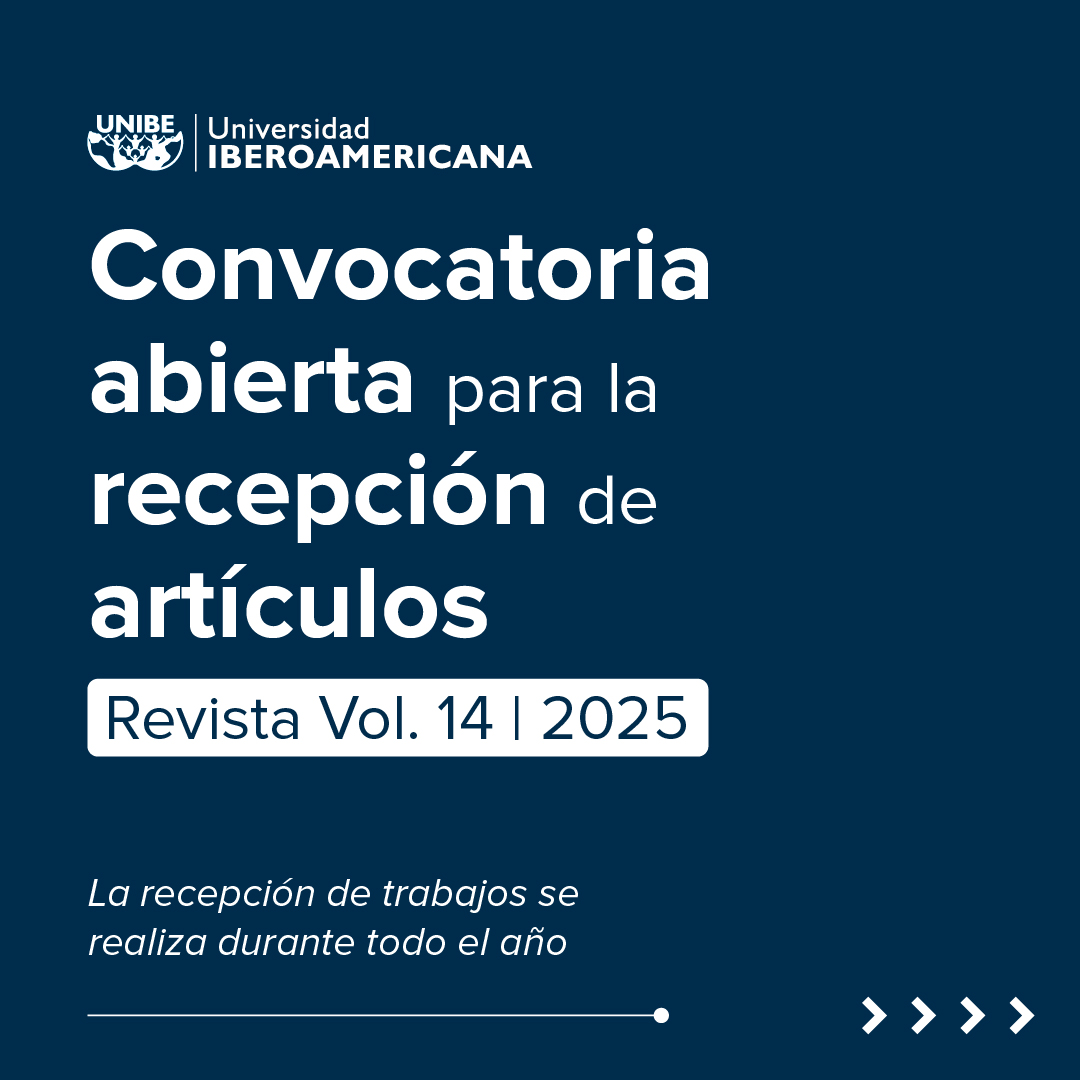Gender differences in dietary energy and macronutrients intake of a gym users in Asunción
DOI:
https://doi.org/10.26885/rcei.11.1.98Keywords:
daily caloric intake, macronutrients, gender differences, carbohydrate intake, protein intake, fat intakeAbstract
A non-experimental, quantitative, cross-sectional design with an analytical scope was used. 50 people participated with an average age of 25.5 years (SD= 5.07), of which 54% were women. An average energy intake of 1464.4 Kcal (SD= 631.6) was found, with important variations according to gender, since said average varies from 1282.5 Kcal (SD= 349.6) for women and 1674.3 for Kcal (SD= 811.6), being a statistically significant difference (F= 12.23; p= 0.01). In addition, the composition of the Total Caloric Value (TCV) of men included a higher percentage of carbohydrates than women, while the opposite occurred with proteins and fats, since women reached a higher percentage of TCV for these macronutrients without show statistically significant differences. However, it was observed that the average caloric intake did not reach the reference nutritional recommendations, remaining well below. Similarly, the distribution percentages of macronutrients were not close to the reference ranges considered healthy for athletes, with the exception of proteins, which did fall within the appropriate range in both men and women.
Downloads
References
Cabezas-Zábala, C. C., Hernández-Torres, B. C., & Vargas-Zárate, M. (2016). Aceites y grasas: efectos en la salud y regulación mundial. Rev. Fac. Med., 64(4), 761-768.
Carbajal Azcona, A. (s.f.). Departamento de nutrición. Facultad de Farmacia. Universidad Complutense de Madrid. https://www.ucm.es/nutricioncarbajal/
Cocina y Vino (2019). Diferencia entre calorías y kilocalorías. https://www.thegourmetjournal.com/noticias/diferencia-entre-calorias-y-kilocalorias/
Comité Olímpico Internacional. (2012). Nutrición para deportistas. http://deporte.aragon.es/recursos/files/documentos/doc-areas_sociales/deporte_y_salud/guia_nutricion_deportistas.pdf
Codex Alimentarius. (2013). Norma del Codex para grasas y aceites comestibles no regulados por normas individuales. https://goo.gl/3E0U4H
De Castro, D. (2017). Necesidades de proteínas en deportistas. https://www.conasi.eu/blog/consejos-de-salud/alimentacion-deportiva/necesidades-de-proteinas-en-deportistas/#:~:text=Las%20prote%C3%ADnas%20cumplen%20un%20rol,para%20la%20adaptaci%C3%B3n%20al%20mismo
De Girolami, D., & González Infantino, C. (2008). Clínica y terapéutica en la nutrición del adulto. El Ateneo.
FAO/WHO Expert Consultation (1998). Carbohydrates in human nutrition. https://acortar.link/MXaPrY
Finisher. (2018). La importancia de los carbohidratos en el rendimiento deportivo. https://www.finisher.es/blog/carbohidratos-rendimiento-deportivo/
Food and Nutrition Board, Institute of Medicine (2002). Dietary Reference Intakes (DRI) and RecommendedDietary Allowances (RDA) for energy, carbohydrate, fiber, fats, fatty acids, cholesterol, proteins and aminoacids. The Nacional Academy Press. http://www.nal.usda.gov/fnic/etext/000105.html
González-Gross, M., Gutiérrez, A., Mesa, J. L., Ruiz-Ruiz, J., & Castillo, M. J. (2001). La nutrición en la práctica deportiva: Adaptación de la pirámide nutricional a las características de la dieta del deportista. Archivos Latinoamericanos de Nutrición, 51(4), 321-331.
Gottau, G. (s.f.). ¿Qué cantidad de grasas necesita el deportista? https://www.vitonica.com/dietas/que-cantidad-de-grasas-necesita-el-deportista#:~:text=El%2025%2D30%25%20de%20las,por%20Kg%20de%20peso%20corporal
Instituto Nacional de Alimentación y Nutrición. (2020). Guías Alimentarias del Paraguay. https://acortar.link/9eg6Rk
Kecskes, C. A. (2011). Intercambio energético en De Girolami, D. H. (Ed.), Fundamentos de valoración nutricional y composición corporal (pp. 18-29). El Ateneo.
La Bolsa del Corredor. (4 de febrero de 2019). Kilocalorías. https://www.sport.es/labolsadelcorredor/kilocarias/
López, L. B., &Suárez, M. M. (2012). Fundamentos de la nutrición normal. El Ateneo.
Luque Guillén, M. V. Estructura y propiedades de las proteínas. https://www.uv.es/tunon/pdf_doc/proteinas_09.pdf
Méndez Flores, A. (s.f.). Ciencias médicas. https://blog.ciencias-medicas.com/archives/700
Muñiz-Mendoza, P., Cabrera-Pivaral, C. E., Orozco-Valerio M. J., Báez-Báez, M. G. L., Martinez-
Melendres, B., y Celis-Orozco, A. (2020). Consumo diferenciado de macronutrientes según sexo y edad en estudiantes de educación superior. Revista de Salud Pública, 20(6), 707-710.
Onzari, M. (2011). Fundamentos de nutrición en el deporte. El Ateneo.
Organización de las Naciones Unidas para la Alimentación y la Agricultura. (1990). Consumo recomendado de nutrientes. https://www.fao.org/3/w0073s/w0073s1a.htm#TopOfPage
Robledo Vico, J. (2017). ¿Cuántas proteínas necesitamos comer al día? https://as.com/deporteyvida/2017/06/26/portada/1498473439_004023.html#:~:text=Sin%20embargo%2C%20el%20consumo%20indicado,gramos%20de%20prote%C3%ADna%20al%20d%C3%ADa
Silverthorn, D. U. (2009). Fisiología humana: un enfoque integrado. Editorial Médica Panamericana.















